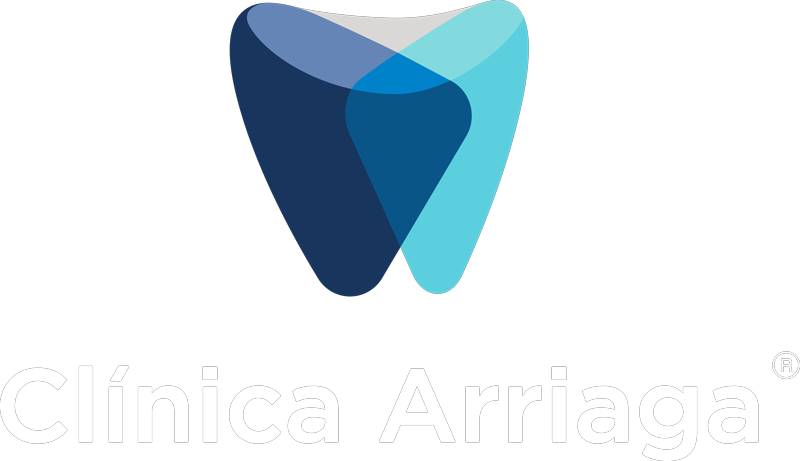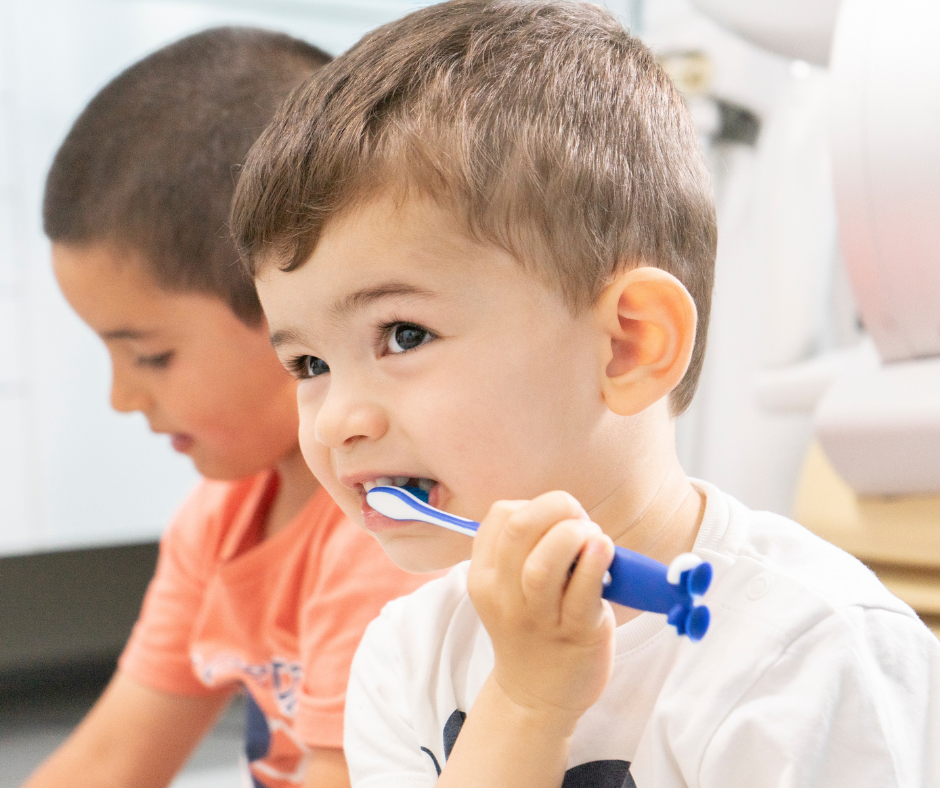Today we address some of the most common questions raised by parents in our pediatric dentistry
Fissure sealants
These are a type of preventative, whose aim is to protect teeth from decay. It is a varnish applied over the entire tooth.
When to do?
The pediatric dentist will evaluate your child’s risk of decay and will consider the best time, but most are done as soon as the tooth has just erupted (been born)
Dental floss in children? Should it be used?
Flossing should be used from the first contact between teeth. Children with teeth completely apart should not use it. What happens in the majority are children with lack of space and the milk teeth are very close together and therefore we have to pass the wire.
There is the possibility of using the flosser, which has the part of the handle that we hold and which facilitates its use.
It should be used before brushing.
BACTERIAL PLAQUE
The bacterial plaque is a film which is formed on the surface of the teeth, resulting from the lack of brushing or even inadequate brushing. It is this film that, if not removed, will cause gum inflammation and periodontal problems, as well as increasing the risk of other oral lesions such as caries.
The best way for us to avoid bacterial plaque is to use a good brushing technique 2x a day, for 2 min.
Fortunately, there are tools on the market that allow us to identify bacterial plaque at home, such as plaque detectors, tablets or even toothpaste with fluoride, which colour the areas of bacterial plaque. In this way, both parents and children can see the zoas that need reinforced hygiene.
Dental trauma in general
Dental traumas are highly prevalent among young children, particularly within school or sports environments or during their initial steps in walking. These incidents encompass a spectrum of severity, ranging from minor chip-offs to complex scenarios like avulsion and intrusion.
There are various types of traumas, from the simplest which consist of just the “breaking off” of a tooth edge to the most complex such as avulsion and intrusion.
Whatever the type of trauma, it is important to see a dentist straight away, preferably a paediatric dentist.
Post-trauma consultation is very important for assessing the oral situation, taking X-rays of the bone, reformulating care in feeding, warning of possible complications and above all establishing good control. Hence, even even in the absence of apparent symptoms, scheduling a dental appointment is advisable, as bone injuries often necessitate detection via X-rays.
Electric vs manual toothbrushes:
Electric brushes, characterized by their innovation and motivation, serve as effective tools for dispelling fears associated with noise and movement. Therefore, they are equipped with pressure detectors, adorned with fun characters, and featuring small heads. They offer a dynamic approach to oral hygiene. In contrast, manual brushes, though differentiated by age, fulfill the same function, provided that the brushing technique is effective.
In conclusion, addressing common queries in pediatric dentistry sheds light on essential preventive measures and proactive approaches parents can take to ensure their children’s oral health.





Mary
Thank you for sharing this information regarding oral hygiene tips and dental hygiene tips. I would love to share also some information regarding dental implants and dental veneers. Dental implants is the best way to replace missing teeth as it acts like a natural teeth, also dental veneers is the best way to whiten once teeth. Thank you
Dr Chitaranjan Das
nice blog
Admin
Thank you. 🙂